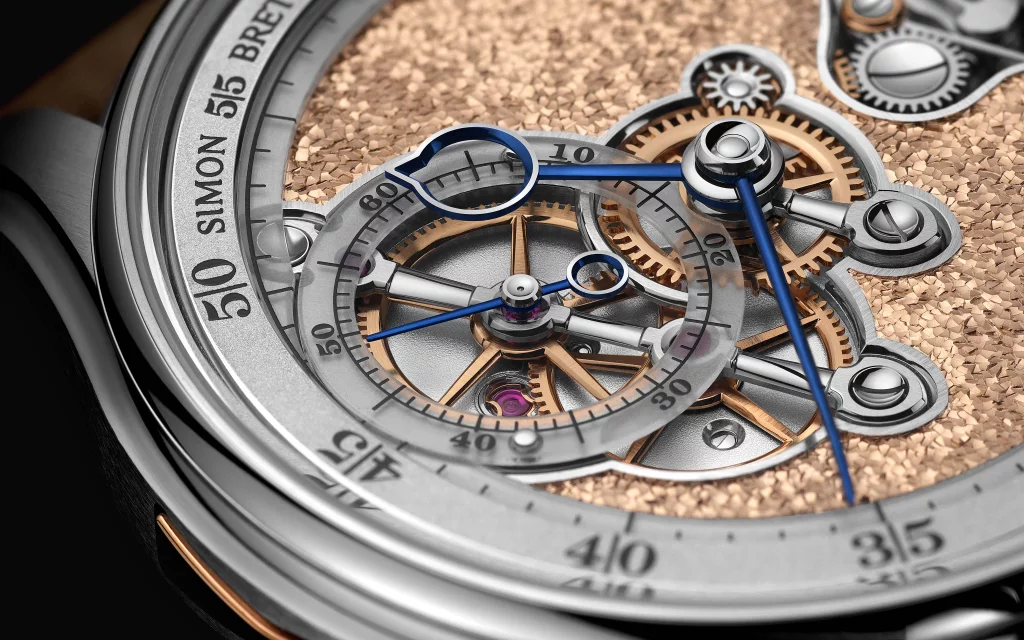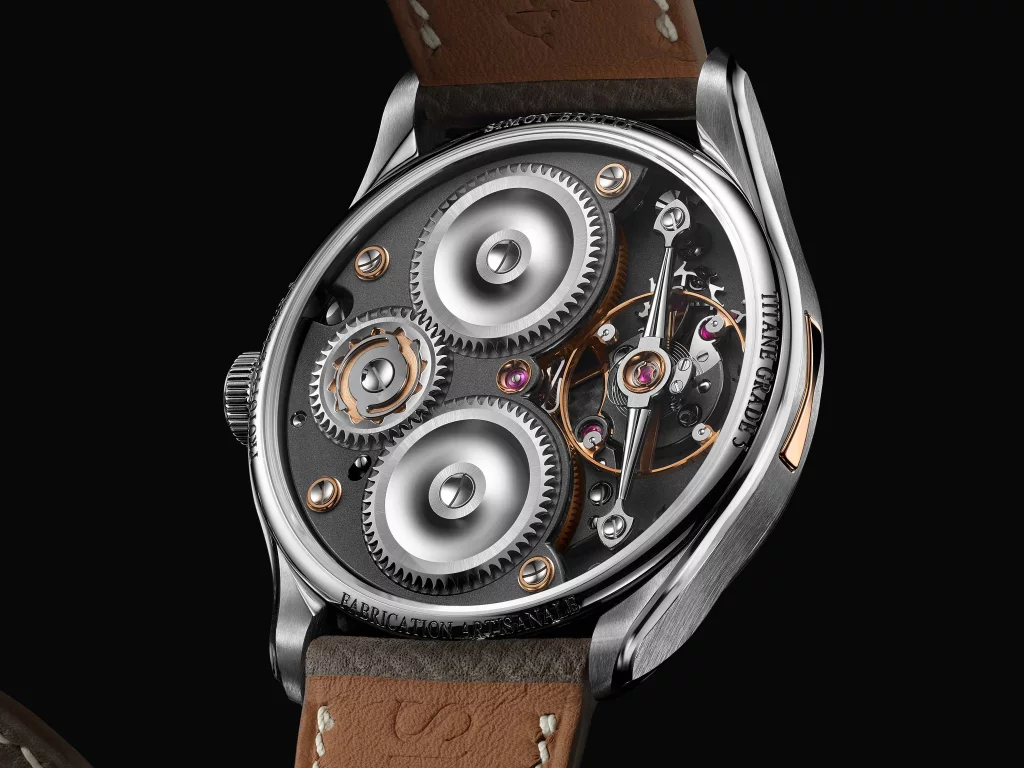Alright, let me tell you about this little project I got myself into recently. It all started with my grandfather’s old timepiece, just sitting in a drawer for years. Wasn’t anything super fancy, mind you, but it had that weight of history, you know? Decided it was time to see if it could tick again.

So, I started asking around. Not looking for some big brand service center. I wanted someone old school, someone whose hands really knew the gears. Heard about this place, more a workshop than a shop, really tucked away on a side street. People called the guy an ‘artisan’, a real chronomètre craftsman.
Finding the Place and First Impressions
Took me a bit to find it. No flashy signs, just a small nameplate on an old door. Stepped inside, and wow. It was like stepping back maybe fifty years? Small space, cluttered but clean, if that makes sense. Tools everywhere, tiny drawers filled with who knows what, and that distinct smell of oil and old metal. The man himself was bent over a workbench, magnifier clamped to his eye, lost in his world.
He didn’t jump up immediately. Just finished what he was doing with this intense focus. Finally looked up. Didn’t say much, just a nod. I felt a bit like I was intruding on something sacred.
The Process: Watching a Master at Work
I showed him the watch. He took it, handled it gently, like it was alive. Popped the back open with a tool that looked ancient itself. Didn’t use fancy electronics, just his eyes, that magnifier, and his hands.
Here’s what I saw:

- He carefully took the movement apart. Piece by tiny piece. I mean, some of these screws were smaller than a grain of sand.
- Each part was inspected. He’d hold it up, turn it, check it under the magnifier.
- Then came the cleaning. Special little baths, careful brushing. So methodical.
- He showed me a worn part, explained real simple what was wrong, how it needed replacing or fixing. Didn’t use big words, just pointed.
I spent maybe an hour there, just watching. The patience was incredible. No rushing. Every movement deliberate. It wasn’t just fixing something; it felt like he was breathing life back into it. We didn’t talk a whole lot, but seeing him work, seeing the absolute dedication, that said everything.
Getting it Back
He told me it would take some time. No surprise there. Came back about two weeks later. He handed it over. Wound it up, and there it was – that steady, quiet tick-tock. Cleaned up, working perfectly.
Paid him, and it felt like I was paying for more than just a repair. It was for the skill, the time, the history he preserved. These kinds of artisans, they’re a dying breed, aren’t they? People who do things with their hands, with such precision and care. It really made me appreciate the craft. It’s not just about telling time; it’s about the dedication poured into making that possible. A good day’s work, seeing that.

